The top 20 voices in construction you should follow on LinkedIn
The construction industry is constantly evolving, and forward-thinking industry leaders and experts are sharing insights into new and emerging...
3 min read
 Rick Kennedy
:
Aug 28, 2025 6:00:00 AM
Rick Kennedy
:
Aug 28, 2025 6:00:00 AM
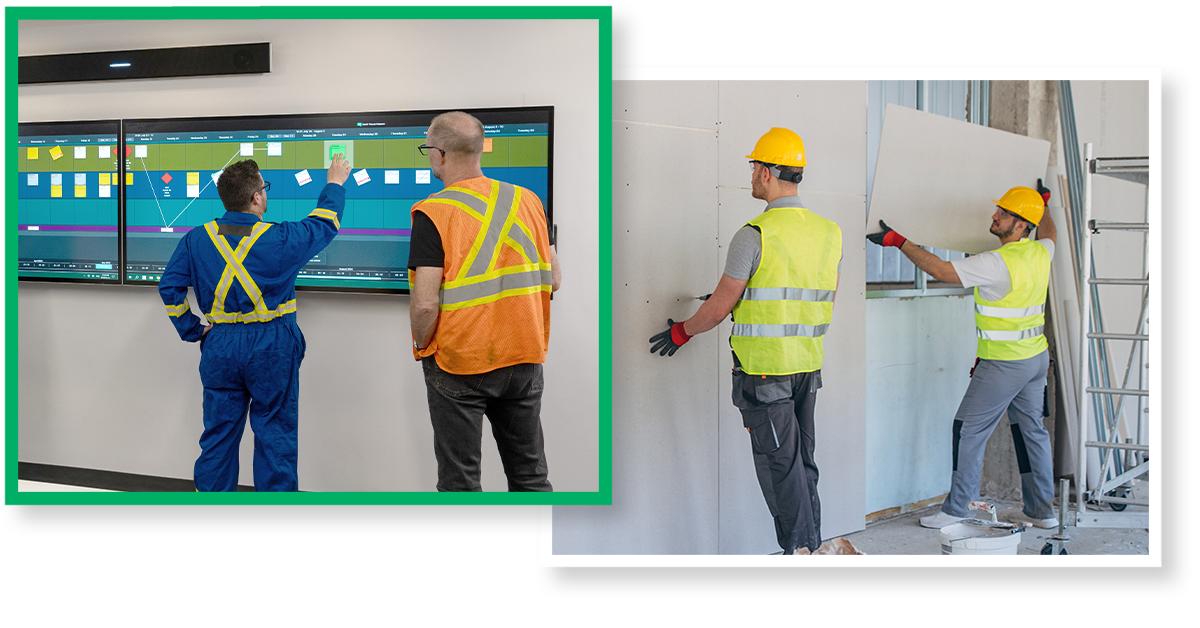
Having a plan everyone on the jobsite can understand is a critical ingredient for project success. But even with modern tools, many teams find themselves falling short on their deliverables. In their book How Big Things Get Done, authors Dan Gardner and Bent Flyvbjerg reveal that only 8.5% of the 16,000 projects they studied were completed on time and on budget.
So, what should be done to make construction planning more collaborative and effective?
One of the biggest hurdles in construction planning is the disconnect created by individuals working in silos on their own devices. This can lead to limited involvement and communication among teams and between site members. True collaboration thrives when teams are shoulder to shoulder, engaging in real-time conversations and problem-solving together. This interaction is part of why the Last Planner System® is such a successful method for project coordination. Without visual cues and conversations between teams, critical details get missed, leading to misunderstandings and delays.
One of the reasons the Last Planner System is so effective is the transparency it fosters throughout the project life cycle. When everyone has visibility into key dates and potential constraints, the team can identify unique ways to solve problems and meet deadlines. This level of transparency and hands-on involvement is impossible when projects are planned by teams operating in silos.
Here’s how the Last Planner System breaks this down through each stage of the project:
If you walk into a construction trailer, there’s a good chance you’ll see walls covered in sticky notes or other visual systems for keeping track of work completed day over day. Paper is great for its simplicity and ease of use. With no ambiguity, there’s minimal learning curve to figure out how to fill in a Post-it® Note.
However, paper processes struggle to keep pace as projects get larger in size and more complex. Having everyone physically writing out and placing sticky notes at the wall is time-consuming, as is having to shuffle planning boards around each week to avoid running out of wall space.
Paper also provides no mechanism of data capture. Even with a dedicated transcriber, getting accurate data on completion rates, constraints and efficiency metrics over time is nearly impossible. Copying out this information to Excel® or another application means losing the context that made the in-room planning sessions so valuable.
Analog systems can also be difficult to share and collaborate on remotely. While having everyone in the same place is ideal, the reality is that not all team members will make it to the site every day and they’ll need a mechanism to be able to follow along and contribute to the plan.
The goal isn’t to discard these proven methods, but to enhance them to work in a digital environment. The objective is to make using digital tools feel just as natural and intuitive as using paper, so that it doesn’t disrupt how ground-level teams prefer to plan their work.
The best way to bring the benefits of analog systems into the modern age is by using touch technology on large-format displays. These interactive surfaces replicate the way contractors and tradespeople are used to planning and allow for multiple users to interact simultaneously with the plan. This hands-on, tactile experience is crucial for construction professionals who are used to working in the physical realm and visualizing their projects in a tangible way. By enabling multiple team members to interact with the same content at once, digital planning on touchscreens significantly boosts real-time problem-solving and collective decision-making.
One of the significant advantages of truly collaborative planning solutions is their emphasis on ease of use. When a system requires little to no training, it allows trades and project teams to spend more time in the field doing what they do best, rather than grappling with complex software. Systems that incorporate natural touch gestures mimic the familiarity of physical interaction. This not only speeds up adoption but also allows everyone involved to visualize the project with clarity and precision, encouraging a more engaged and efficient workforce.
Beyond the tools, a culture of collaboration is a key component to maximizing the benefits of both analog systems and modern planning software. Command and control management will not work for this type of planning. Team members need to feel empowered to contribute, share insights and collectively solve problems to keep projects running smoothly and efficiently. This cultural shift, supported by user-friendly collaborative tools, makes it easier for everyone — regardless of their tech proficiency — to participate actively in the planning process. This results in increased buy-in, faster problem resolution and improved team morale.
Construction is a hands-on discipline. The vast majority of the construction workforce does not sit in front of a computer all day. Field teams need tools that are simple, tactile and designed around their work processes so they can get back to building. Technology deployed must help rather than hinder the flow of work, otherwise teams are better off sticking with the paper processes with which they are familiar.
Ready to explore tools for interactive planning? See how Nialli™ Visual Planner makes construction planning simple and hands-on.
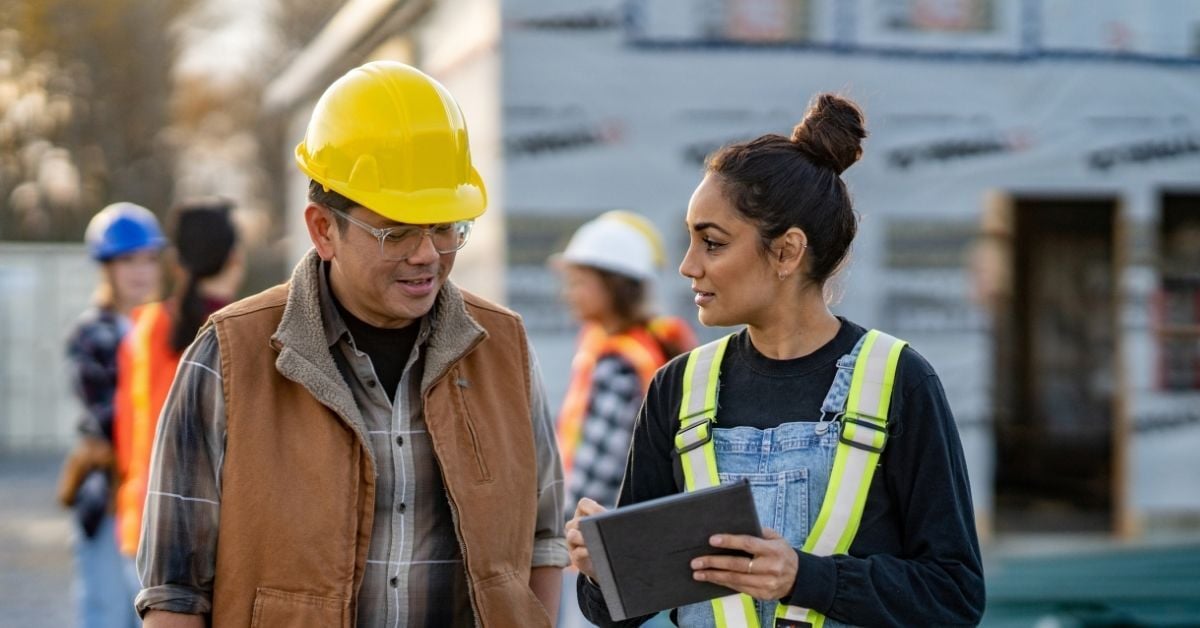
The construction industry is constantly evolving, and forward-thinking industry leaders and experts are sharing insights into new and emerging...
.png)
Planning sessions with site teams are crucial for setting the foundation of any project. Hosting your first digital planning session with Nialli™...

Having a plan everyone on the jobsite can understand is a critical ingredient for project success. But even with modern tools, many teams find...
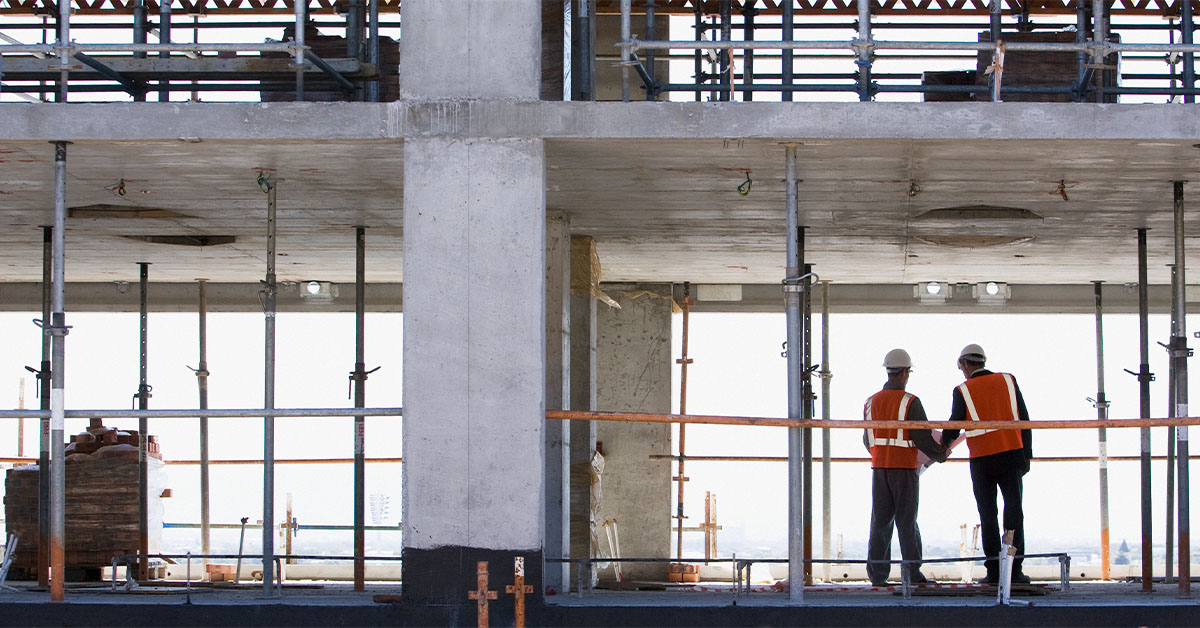
The construction industry is facing a major labor shortage, with fewer workers available to meet growing project demands. In 2022 alone, US...
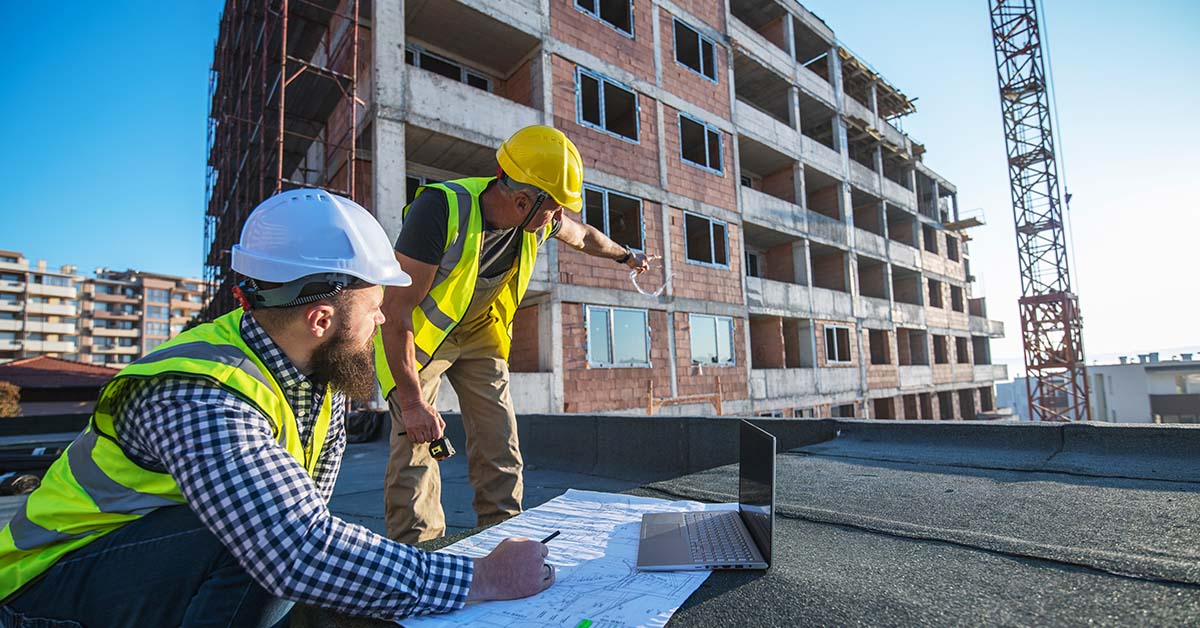
In construction, things move fast. That’s why it’s so important to create pathways for project excellence. Lean construction practices support teams...
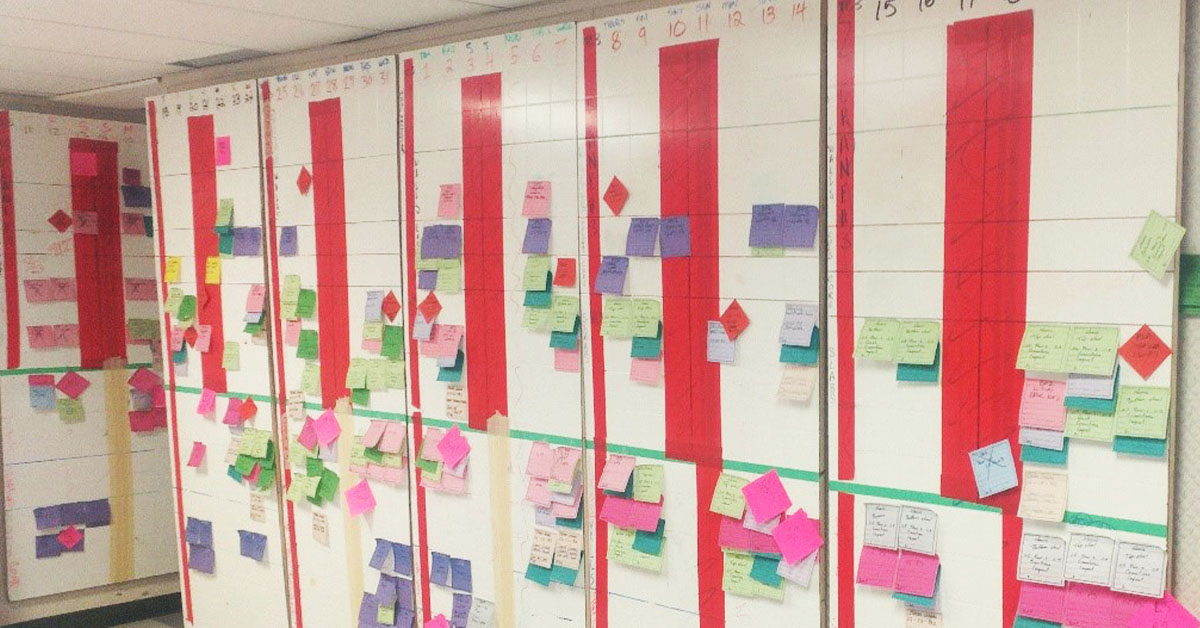
When I walk into a construction jobsite trailer or a planning Big Room, I see laptops, tablets, smartphones, large wall displays and … STICKY NOTES! ...